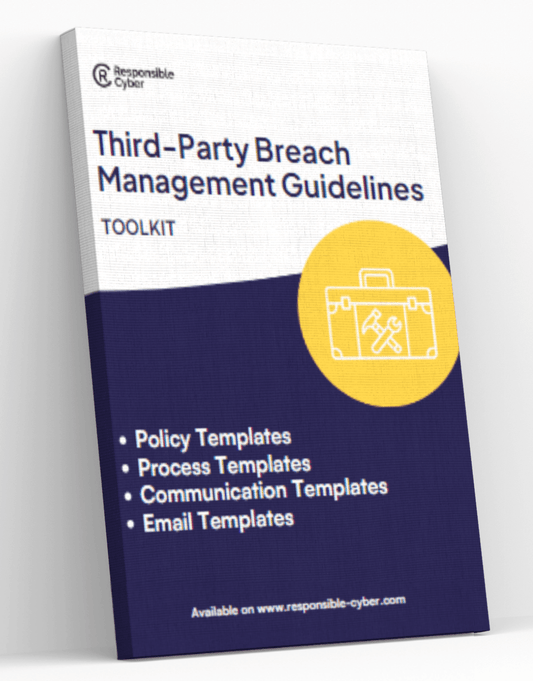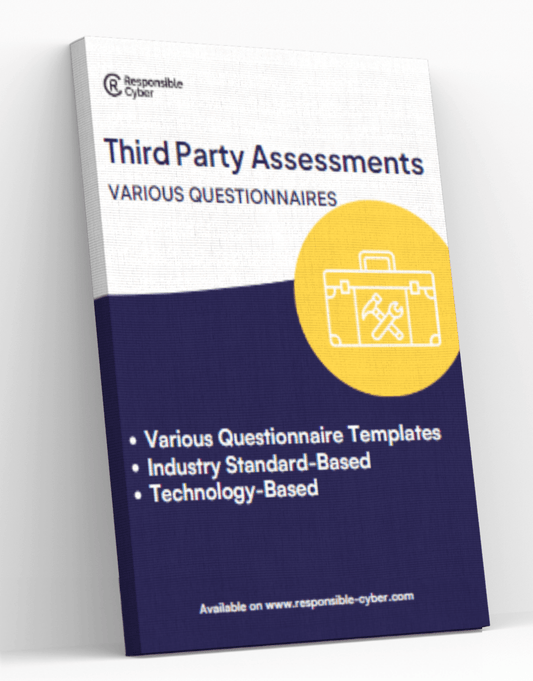Supplier Risk Register: A Comprehensive Guide to Effective Supplier Risk Management

Supplier Risk Register: A Comprehensive Guide to Effective Supplier Risk Management
In the intricate web of modern supply chains, understanding and managing supplier-related risks is crucial for maintaining operational integrity and achieving business continuity. A supplier risk register, a tool used to identify, assess, and mitigate risks associated with suppliers, is fundamental in this process. This article explores the concept of the supplier risk register, detailing its importance, how it should work, practical examples of its application, and common mistakes and misconceptions, rounded off with a detailed FAQ section to ensure you have all the necessary information at your fingertips.
The Importance of a Supplier Risk Register
A supplier risk register is an essential component of any robust risk management framework. It serves as a centralized database where all information related to supplier risks is recorded and managed. By systematically documenting potential risks and their mitigation strategies, organizations can:
- Proactively address vulnerabilities before they impact the business.
- Enhance decision-making through detailed risk insights.
- Ensure compliance with industry regulations and standards.
- Maintain and improve supply chain resilience.
How a Supplier Risk Register Should Work
Step 1: Identification of Suppliers The first step involves listing all current suppliers and categorizing them based on the products or services they provide and their criticality to the business. This helps in prioritizing risk assessment efforts.
Step 2: Risk Assessment For each supplier, identify potential risks across various dimensions such as financial health, operational stability, geopolitical factors, and compliance with legal standards. Tools like SWOT (Strengths, Weaknesses, Opportunities, Threats) analysis, and PESTLE (Political, Economic, Social, Technological, Legal, and Environmental) analysis can be instrumental here.
Step 3: Risk Evaluation Evaluate the likelihood and impact of each identified risk. This evaluation helps in prioritizing risks and focusing resources on areas with the highest potential for disruption.
Step 4: Implementation of Mitigation Strategies Develop and implement strategies to mitigate identified risks. This could include diversifying suppliers, establishing stronger contracts, or increasing inventory buffers.
Step 5: Monitoring and Review Regularly update the risk register to reflect changes in the risk landscape and the effectiveness of implemented mitigation strategies. This ensures that the register remains a dynamic tool that adapts to new challenges.
Practical Examples of Using a Supplier Risk Register
Example 1: Manufacturing Company A manufacturing company uses a supplier risk register to manage risks associated with its raw material suppliers. After identifying a key supplier in a politically unstable country, the company decides to diversify its supplier base to include alternatives from more stable regions. This strategic decision was facilitated by insights gained from the risk register.
Example 2: Retail Chain A large retail chain utilizes its supplier risk register to assess the financial health of its suppliers. Upon discovering that a major supplier is facing liquidity issues, the retailer implements contingency plans, including identifying alternative suppliers and negotiating better payment terms to mitigate the impact on its supply chain.
Common Mistakes in Managing a Supplier Risk Register
1. Incomplete Risk Identification Failing to consider a comprehensive range of risk factors can leave an organization vulnerable. It's crucial to consider both direct and indirect risks in the assessment phase.
2. Static Risk Management A common mistake is treating the risk register as a static document rather than a dynamic management tool. Regular updates and reviews are essential to reflect the ever-changing risk landscape.
3. Lack of Stakeholder Engagement Insufficient involvement of key stakeholders in the risk management process can lead to gaps in risk perception and mitigation strategies. Engaging stakeholders ensures that all potential risks are considered and addressed.
4. Overlooking Supplier Performance Neglecting to regularly assess supplier performance and compliance can lead to outdated risk assessments. Continuous monitoring of supplier performance is vital for maintaining an accurate risk register.
FAQs About Supplier Risk Registers
Q1: What is a supplier risk register? A supplier risk register is a tool used to document and manage risks associated with suppliers. It includes details such as the nature of the risk, its impact, likelihood, and strategies for mitigation.
Q2: How often should a supplier risk register be updated? The frequency of updates depends on several factors including the business environment, the nature of the supply chain, and specific industry requirements. However, it is generally recommended to review and update the register at least annually or whenever significant changes occur.
Q3: Who should be responsible for maintaining the supplier risk register? Responsibility for maintaining the register typically lies with the procurement or supply chain management team. However, it's important for cross-functional teams including finance, operations, and compliance to contribute to this process.
Q4: How can technology improve the management of a supplier risk register? Technology can enhance the management of a risk register by automating data collection, facilitating risk analysis, and enabling real-time updates and alerts. Advanced analytics can also provide deeper insights into risk patterns and potential mitigation strategies.
Q5: What are the key components of an effective supplier risk register? An effective supplier risk register should include the supplier's name, description of the risk, assessment of impact and likelihood, mitigation strategies, responsible personnel, and timelines for review.
Conclusion
A well-maintained supplier risk register is an indispensable tool for any organization seeking to mitigate supplier risks proactively. By understanding common mistakes and misconceptions, and implementing a systematic approach to risk management, organizations can ensure the resilience and reliability of their supply chains. This proactive approach not only safeguards against potential disruptions but also promotes a culture of continuous improvement and strategic foresight in supplier relations.
Read more:
- Addressing Universal Business Challenges: Cybersecurity, Supply Chain, and Regulatory Compliance
- Comprehensive Guide to Third-Party Risk Management Policy
- Developing a Comprehensive Third-Party Risk Management Program: A Legal Compliance Guide
- The Future of Third-Party Risk Management and Legal Compliance: Emerging Trends and Technologies







